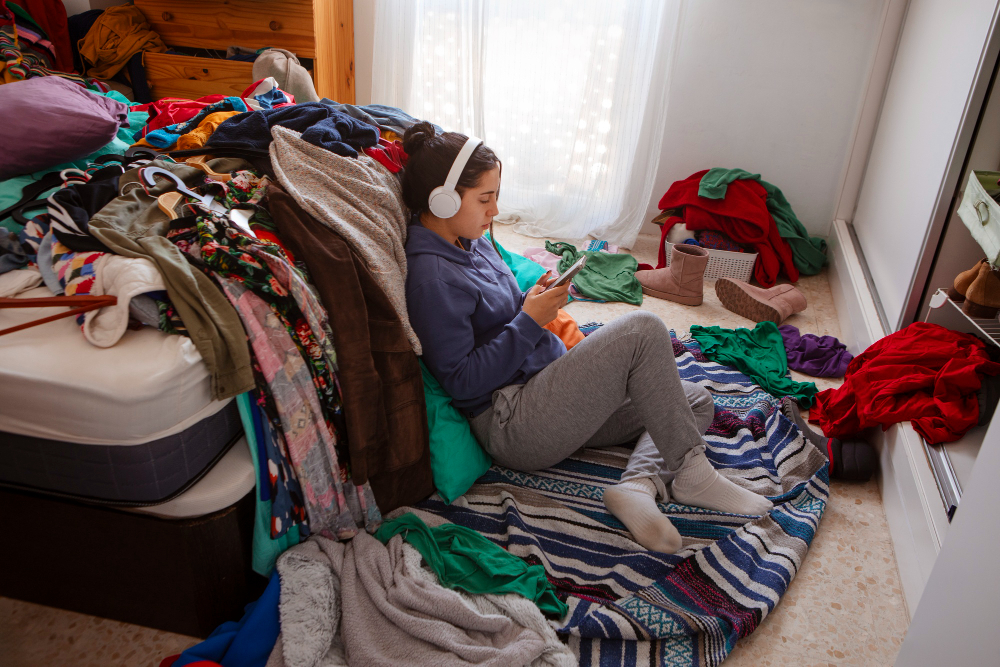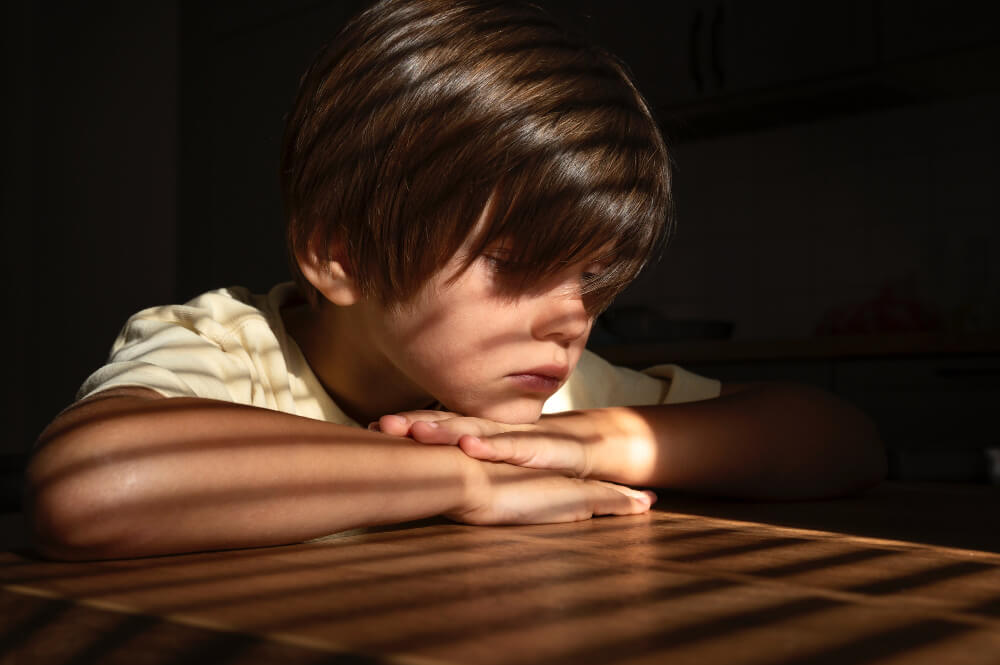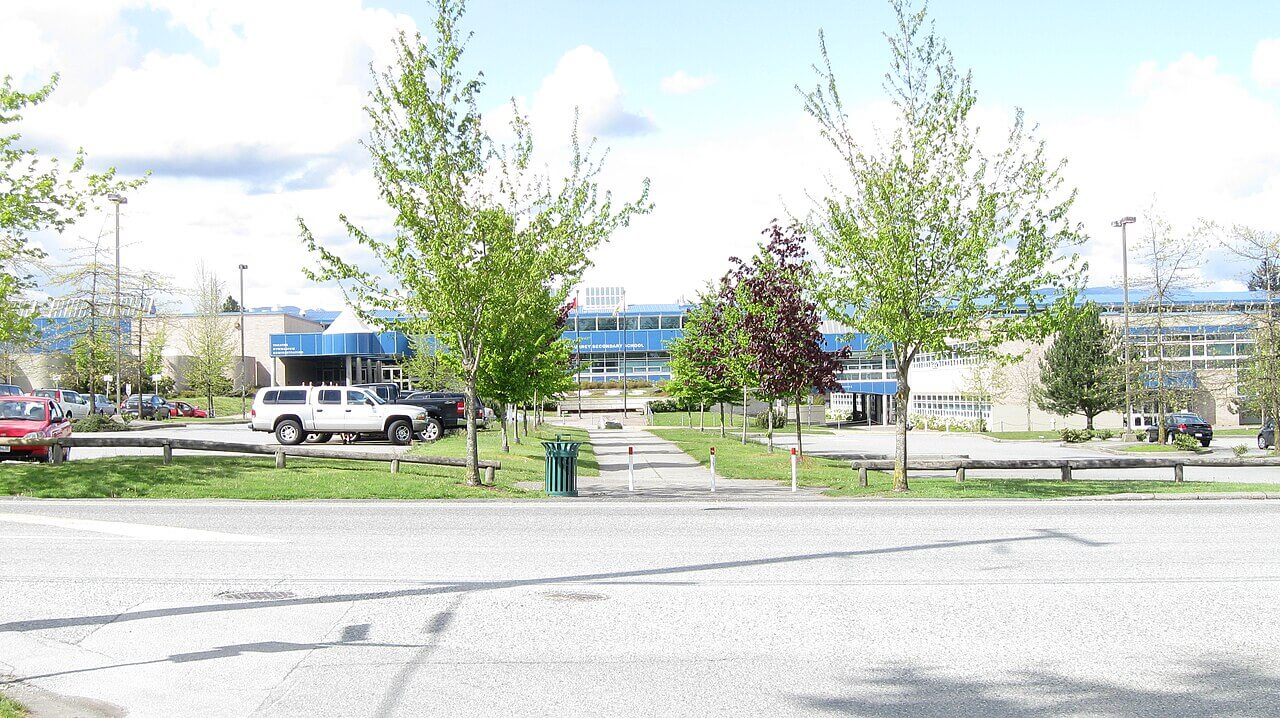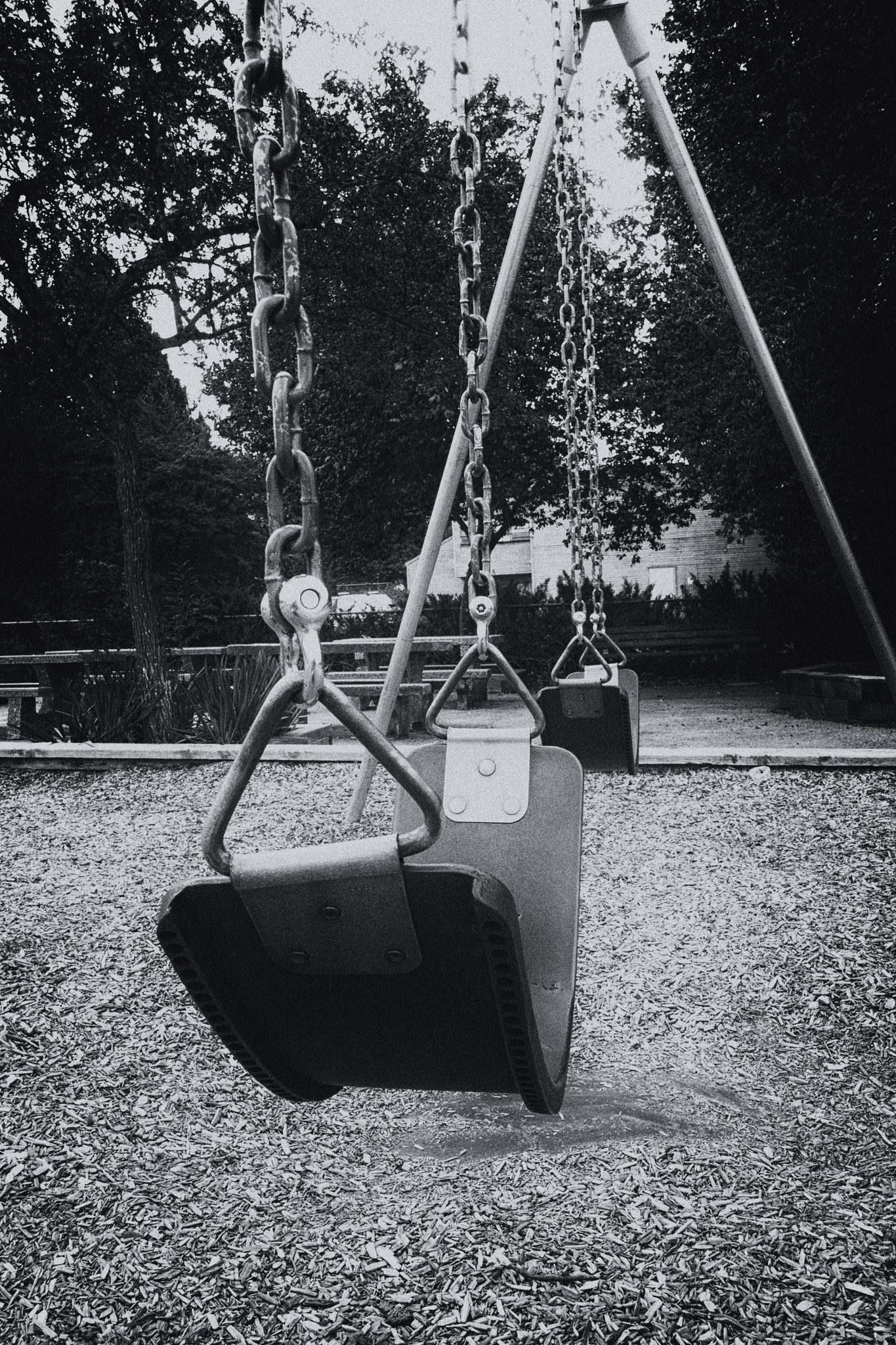To the student who found this page because you typed something scared or confused or angry into a search bar—something like “are teachers allowed to take away recess?” or “can I be suspended for a meltdown?” or “why did my teacher say I wasn’t trying hard enough when I couldn’t stop crying”—this is for you.
I don’t know exactly what happened to you, or how many times it happened, or how many adults told you it wasn’t a big deal. I don’t know what words they used to justify it, or what you were told to do differently next time, or how long you’ve been wondering if it was your fault. But I do know this: what happened to you matters. It happened inside a system that is supposed to protect you. And if that system failed—if it hurt you instead of helping you—then someone needs to say so.
There are people who write school rules believing they are being fair, and people who enforce them believing they are being consistent, and people who never stop to wonder whether the rules themselves were written with someone like you in mind.
And then there are people like me—parents who watched their children struggle to be understood in classrooms that called themselves inclusive, who listened to phrases like “logical consequence” or “community expectation” and knew, in our bones, that something else was being punished. Something like difference. Something like dysregulation. Something like needing help but showing it in a way that made others uncomfortable.
Somewhere in British Columbia right now, a student is being punished for behaviour that was caused by pain, or panic, or unmet need—not because anyone intended to harm them, but because the Code of Conduct says what’s expected, and does not ask why a child might not be able to meet that expectation.
They will be corrected before they are comforted. They will be excluded before they are understood. They will be labelled as disruptive before anyone thinks to ask what supports were missing. And when their parents try to explain, the policy will be cited. The process will be followed. The harm will be justified. And the child will learn that being different means being blamed.
So I am reading every Code of Conduct I can find, and I am asking the questions that too often get skipped: Who decides what “respect” looks like? Who defines “disruption”? What counts as safety—and for whom? What happens when a student’s behaviour is shaped by trauma, or disability, or survival, and no one in the room knows how to recognise it?
I’m writing down what I see—not to catch schools in failure, but to name the conditions that allow failure to repeat itself. If no one names them, they stay invisible. If no one pushes back, they stay in place.
What these codes say—and what they don’t
Most school conduct policies use gentle, familiar words: they speak of respect, safety, responsibility, and inclusion; they describe expectations in terms of kindness and care; they frame discipline as an opportunity for growth, learning, and self-reflection.
But beneath this language—language that feels thoughtful, even loving—there are often no definitions, no safeguards, and no protections for the children most likely to be misunderstood, whose behaviour is not oppositional but expressive, not dangerous but dysregulated, not malicious but the outward shape of a body and brain in pain.
Very few codes mention trauma. Even fewer mention sensory regulation, executive function, impulsivity, burnout, masking, literal interpretation, or communication delay—and almost none offer any process for identifying when behaviour might be disability-related, or what steps should be taken before consequences are imposed.
The result is that even well-meaning policies, written with community values in mind, become tools for reinforcing ableism—tools that frame support needs as violations, emotional dysregulation as defiance, and difference itself as disorder.
Inclusion without protections is performance
I have read Codes of Conduct that invoke the BC Human Rights Code and promise non-discrimination, but do not describe how those rights are to be upheld in practice, how disability will be identified or accommodated, or how staff will distinguish between a behaviour that causes harm and one that signals unmet need.
I have read policies that claim to be restorative, that say students will be supported to repair harm and reflect on their actions—but these same policies contain no mention of visual supports, plain language explanations, regulation strategies, case management, or communication access for those who may be overwhelmed or shut down.
I have seen phrases like “students will be expected to make appropriate choices” used without qualification, as if every child has the same ability to process, plan, and execute those choices, as if self-regulation is a moral obligation rather than a neurological process shaped by context, co-regulation, and stress load.
And nearly every policy I’ve read contains one devastating omission: there is no explicit prohibition of collective punishment, no assurance that consequences will be individualised, no requirement that staff avoid using group pressure, privilege withdrawal, or exclusion from activities as tools to enforce behavioural norms.
These reviews are an act of pressure, but also of care
I am writing them not to punish schools, but to protect children; not to discredit educators, but to create public accountability for systems that routinely cause harm and rarely document it; not to shame individuals, but to name the patterns that arise when policies are vague, unexamined, or built for a neurotypical default.
I want every district to know that someone is reading their policies with a critical eye, someone who understands what these documents mean not in theory but in the actual, intimate terms of exclusion, of masking, of shutdown, of removal, of harm that arrives without warning and without recourse.
I want every teacher who has been told to apply a consequence that didn’t feel right to know that the policy can be challenged, that legal obligations exceed what is listed on a poster, and that safety without dignity is not safety at all—it is management, and often cruel.
And I want every parent who has ever sat in a meeting and wondered whether they were the only one seeing the pattern to know that they are not, and that the patterns can be made visible, and that what happened to their child matters enough to put into words.
If you’re reading this because something felt wrong—you’re right to trust that feeling
You may have seen a phrase in your child’s Code of Conduct—something that looked ordinary on the page but carried the weight of threat, of risk, of shame once it was used in real time against your child.
You may have watched your child learn that masking was safer than honesty, that compliance was more rewarded than regulation, that their distress would only be believed if it looked familiar to neurotypical adults.
You may have heard words like “logical consequence” or “natural outcome” or “school safety” used to justify a removal that hurt them, or an intervention that made things worse, or a system that only supported them when they were easiest to support.
You are not alone in this.
And neither are the children.
Read the critiques
-
What research says about school conduct codes and disabled students
This explainer summarises what a small but influential group of scholars have shown about school discipline policies, student codes of conduct, and how these frameworks disproportionately harm disabled and neurodivergent students. It draws especially on the work of Catherine K. Voulgarides, Russell J.…
-
Pacific Heights Elementary School (SD36): a neurodiversity-informed policy critique
The Pacific Heights Elementary Code of Conduct positions the school as a community of “learners (curiosity, humility, engagement, wonder, delight, creativity, collaboration, passion)” and emphasises “care for self, others, and the environment,” framing positive relationships as “foundational to learning.” This aspirational preface signals…
-
North Surrey Secondary (SD36): a neurodiversity-informed policy critique
North Surrey Secondary’s 2024–25 Parent/Student Handbook presents itself as a practical guide to daily school operations, but its conduct code reveals a disciplinary framework anchored in behavioural control, punctuality, and compliance. Its language reflects a pre-neuroscience understanding of student behaviour, one that frames…
-
Why I’m tracking exclusions no one else is measuring
I’ve been reading exclusion data that most people will never see. Two BC school districts—New Westminster (SD40) and Southeast Kootenay (SD5)—publicly released their submissions to the BC Ombudsperson’s investigation into student exclusion. SD40 reported 177 formally documented incidents over three years. SD5 reported…
-
District exclusion reasons
A review of exclusion records from New Westminster (SD40) and Southeast Kootenay (SD5) reveals a consistent pattern: the stated reasons for exclusion drift toward biography, circumstance, and administrative decisions rather than the educational factors that legitimately shape access to full-time schooling. The records…
-
The history of this website
What began as one mother’s refusal to accept the institutional cruelty of collective punishment has grown into a vast, strategic, and emotionally searing archive—a living infrastructure of truth-telling and resistance, built from grief, fuelled by clarity, and shared in solidarity with every family…
-
Columneetza Junior Secondary (SD27 Cariboo‑Chilcotin): a neurodiversity‑informed conduct critique
Columneetza Junior Secondary School 2024-2025 Code of Conduct affirms a mission of fostering respect, individual growth, and a sense of belonging within both school and community. It names safety, caring, and order as essential conditions for “purposeful learning.” The document outlines rights, responsibilities,…
-
Galiano Community School (SD64): a neurodiversity-informed policy critique
The 2022–23 Code of Conduct for Galiano Community School is unusually rich in aspirational language. It describes a community of care rooted in mutual respect, emotional development, and responsive teaching. It affirms the BC Human Rights Code, references Positive Behaviour Support, and anchors…
-
Cariboo–Chilcotin School District (SD27): a neurodiversity-informed policy critique
Cariboo-Chilcotin is one of the most geographically dispersed and demographically complex districts in British Columbia. Spanning small rural towns and remote Indigenous communities—including sites of historic and intergenerational trauma—SD27 faces significant challenges in providing consistent, inclusive, and safe environments for all learners. In…

















